And the memorable journey to the remote Cordillera town of Licuan-Baay continues. Taking the main road, it is Licuan at my left side and Baay at the right. Do not be confused, because Licuan and Baay are two recognized subdivisions of the town but these two subdivisions join together as one to form the town of Licuan-Baay. It is a unique case for such a town in the Philippines.

I don’t mind the effort reaching the place because our life is a matter of adaptation. If you can adapt with what is uneasy, then moving to an easier life would be a bonus. It is your edge because you have been trained to dwell in a simpler town. That is, the townsmen of Baay are more resilient in terms of rural survival and that is their edge. They are well-trained to adapt to such situation and as I was saying, it is another life lesson we might want to learn.

And it was undeniably a long off-road riding. No complaints. I am loving it not that I want to do it so that I have something to write but because it activates my brain cells to think, analyze and think again. It keeps the brain functioning. Everything I see was a great subject to think on.
A lot of questions linger in my mind. It was a jigsaw puzzle on how could I reconcile the things. Why the mountains are brown? Why eucalyptus trees are planted atop the hills? How do the people mine gold? How often they go to market to shop? How does the road look like when it is raining? How come there’s gold in those mountains? Uh… endless questions. It keeps my brain functioning. Visiting this town is a quest for knowledge.



My trip to the town is indeed unforgettable. I am just lucky that I was allowed to hitch on a car for free. Everytime I share my experiences to my friends and relatives, they would say “Nagtured kan! (You’re brave!)” – thinking about the bad publicity people hear about Abra. But that’s not the point. Abra has a different side that people overlook onto. It is a province where hidden natural wonders are left untouched (or less explored at least), thus, the original beauty may remain.
I am still at the back and I asked someone beside me if we’re near. The man who is a resident of the town and who was with me said, “We’re near,” and after an hour, we’re still on the road. So that is how he defines near. Just imagine how huge the size of this mountain town is, that the time you have to consume traveling within the town speaks about hours. Well, this is the case at the Baay side and going to the barangays of Licuan side is another story. Huge town!
I can sense that we are gradually descending and at a point, I am now seeing a river streaming down the valley. Yup! We’re heading to a valley which is the heart of the Baay side. There are schools and houses already — a community veiled by the mountains!


So I reached the heart of Baay – very raw! [Almost] everything I see is a work of nature. The brown mountains have turned green. The place is very laid back yet nostalgic. It feels like I am really lost!
The shallow river is teaming with natural resources. At the banks of the river is an edible fern called pacpaco and a main stay river fish called palileng. These are gifts of nature that the people of Baay are harvesting.

A mini-waterfall along the road

Crossing the river

Pacpaco or Paco (Pako) – the edible fern I ate in Baay

…reached the town under a beautiful sunny weather

…met the town mayor, Hon. Christopher Millare (middle) at his house

For security and safety purposes

For self-defense purposes, lols!


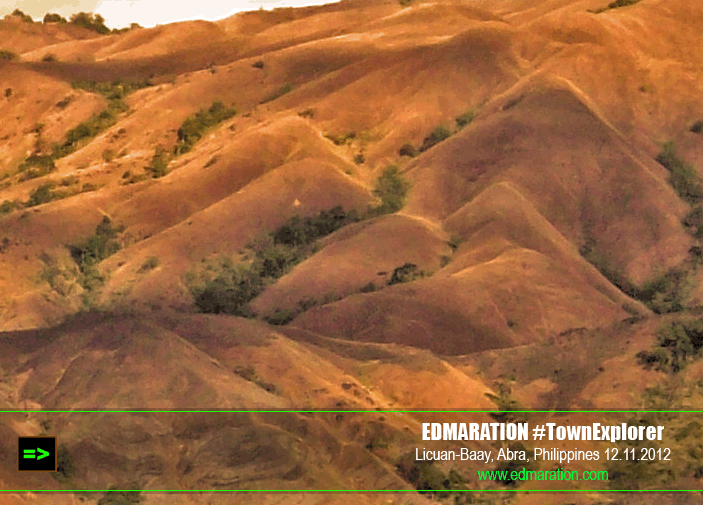























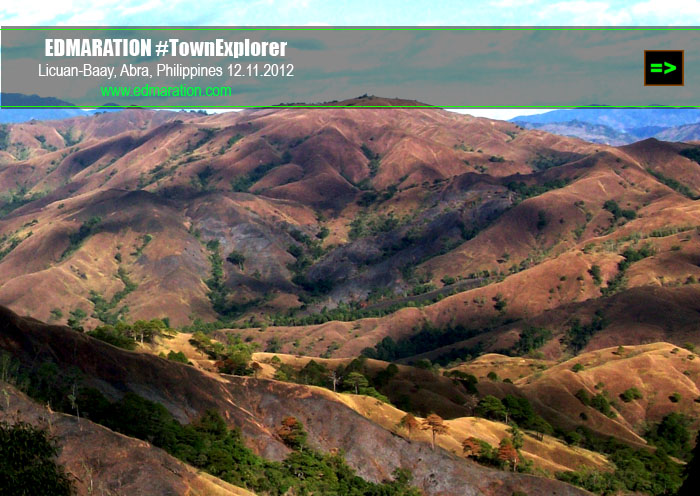


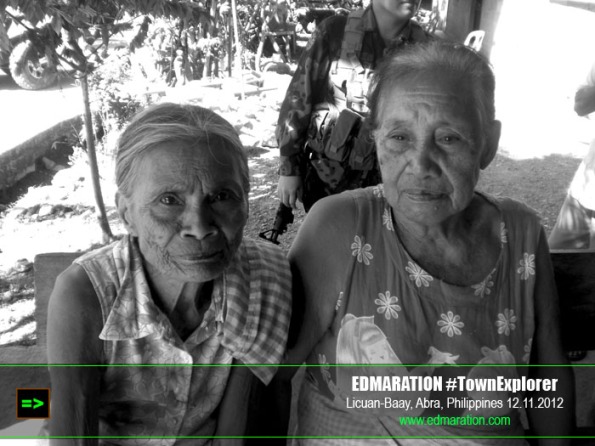
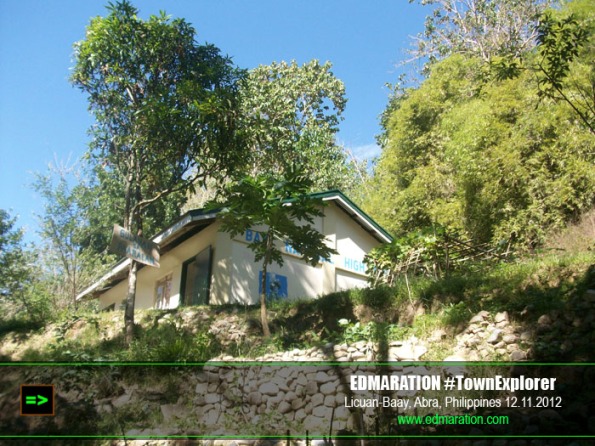
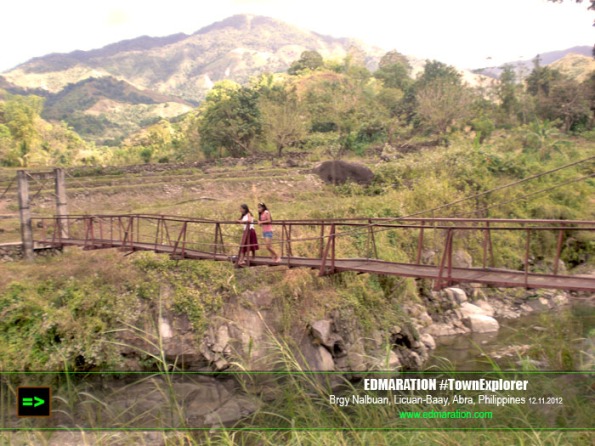

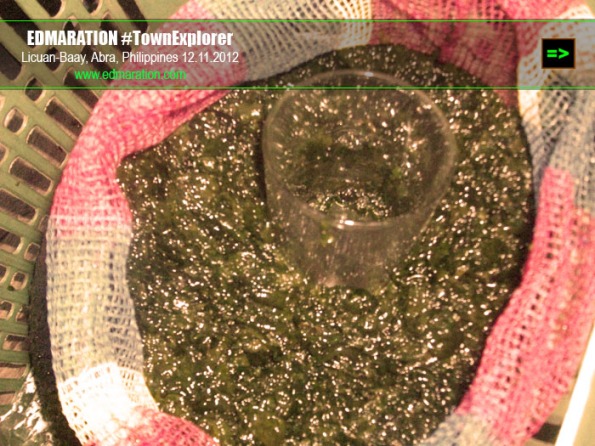

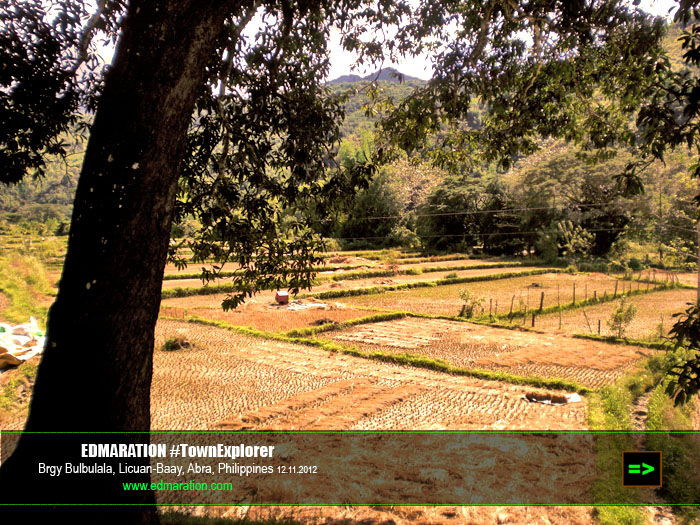
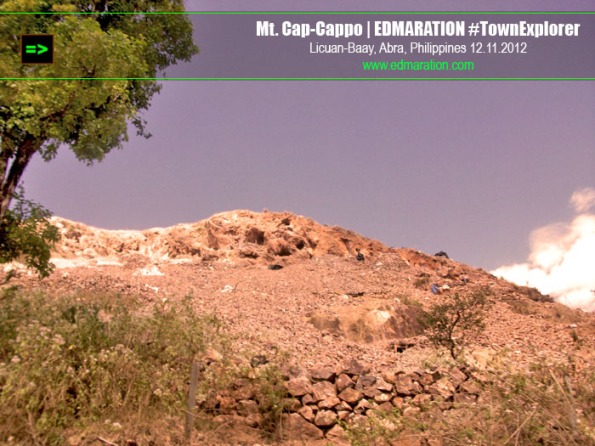
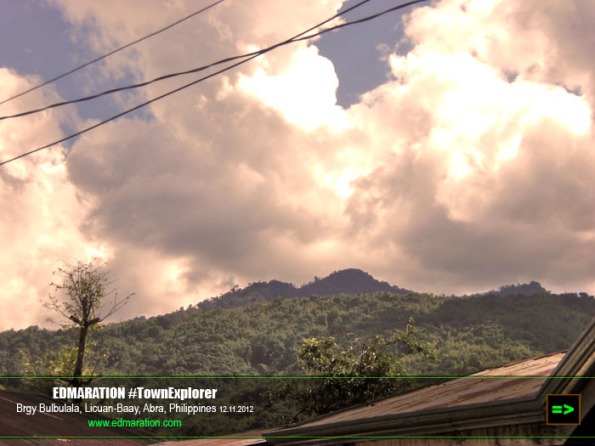
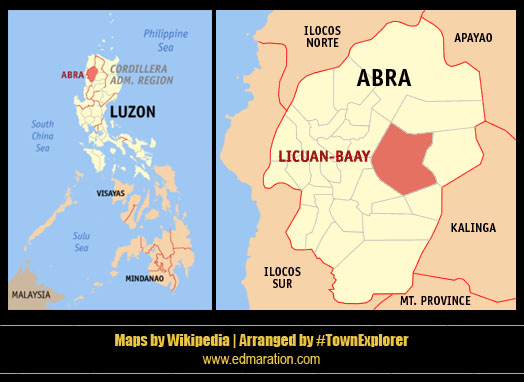

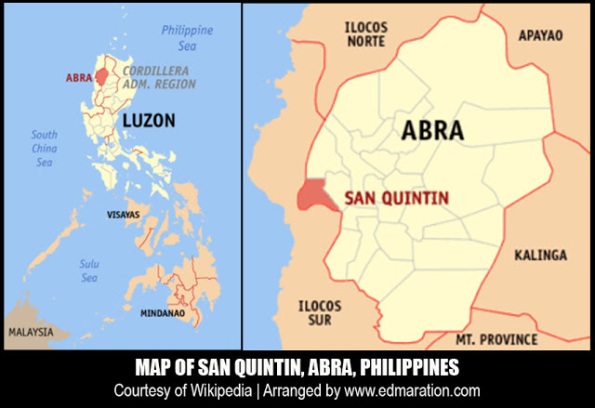
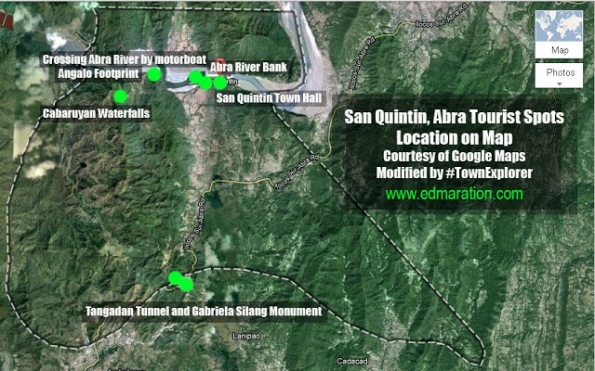

 Pay homage to the greatest heroine of Abra. She is Gabriela Silang, born in the town of
Pay homage to the greatest heroine of Abra. She is Gabriela Silang, born in the town of 




